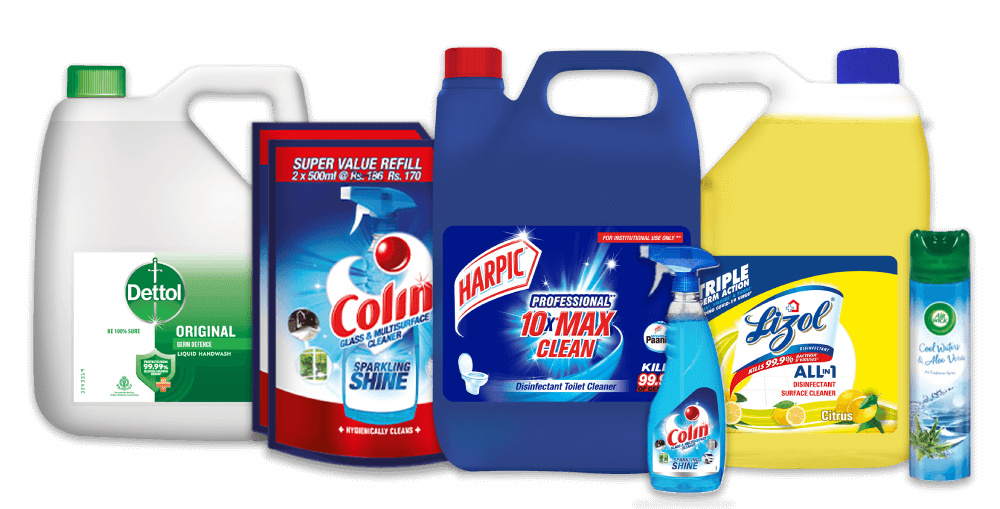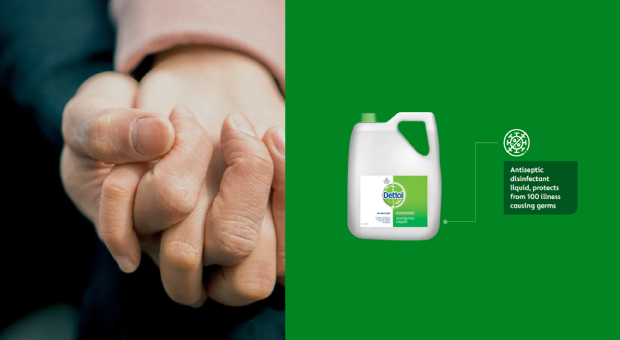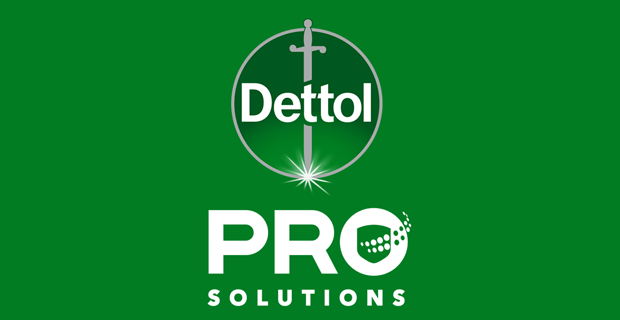
During the Covid-19 pandemic, it’s more crucial than ever for restaurateurs and café owners to ensure hygiene standards follow food safety regulations. Failure to put in place, or to adhere to appropriate hygiene procedures can result in contamination and the spread of pathogens throughout the facility.
This can go on to have an enormous social and economic impact on a business, ranging from damage to your brand’s reputation to loss of profits, and possibly closure of premises. Your strategy should focus on more than just the requirement for masking and social distancing. Your measures will impress customers, and be effective, when they are built on using the right disinfecting practices and hand-hygiene protocols and establishing an overall culture of food safety. The quicker you deploy these steps, the faster you can help reduce risks.
Hot Tip: Knowing that some customers or employees may forget to bring a mask or sanitiser, consider providing these free of charge.
Enabling servers to thoroughly clean and sanitise tables and counters using appropriate disinfecting products can protect both staff and diners from harmful germs.
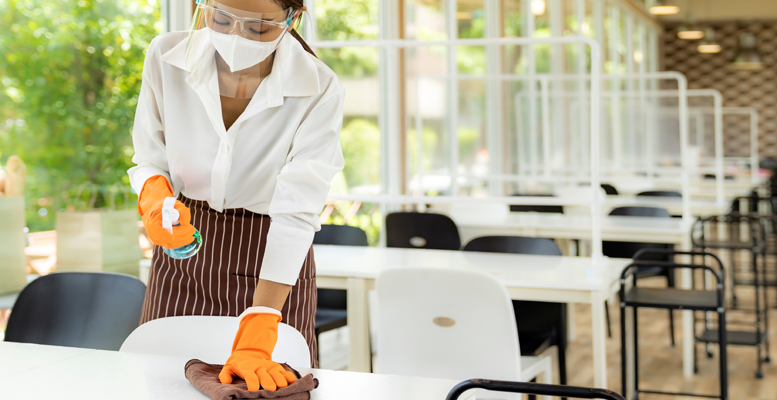
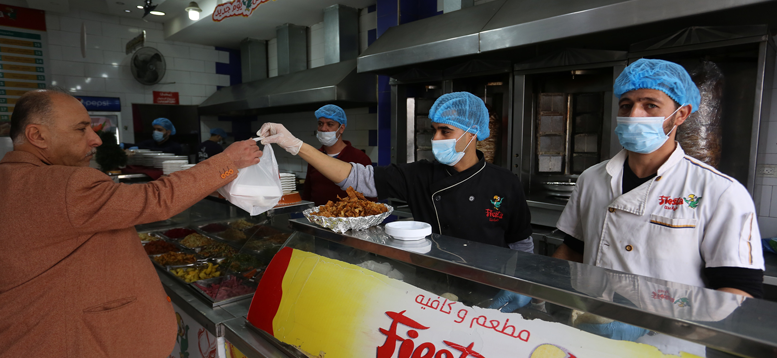
It’s important for staff to wash their hands before making food, and after eating, drinking, smoking, coughing, sneezing, and using the washroom. By communicating and monitoring, your staff will know that you are serious about hand washing, and they will know when and how often to wash.
Hot Tip: People may be a little tired of being given rules around hygiene. So creative and visually fun messages like A “Wash your Hands!” or “Don’t take the germs with you – wash with soap” on sticky notes may help establish this more easily.
Have all kitchen staff, servers and bartenders wear disposable gloves and masks at work. Gloves must be changed on these occasions to prevent the spread of germs:
Hot Tip: Does using gloves mean they don’t have to wash hands? No, they would still need to wash their hands as gloves may get worn out, develop holes or lead to spread of germs. Imagine opening a bottle of ketchup while wearing gloves, and getting some ketchup on your hands. Normally, you would wash this off because you can feel the sticky ketchup. When you’re wearing gloves, you may not notice what’s stuck on, and may continue to work. You can see how this can be a major problem in a restaurant with multi-tasking staff.
Washrooms are typically hotbeds for germs and have a high risk of spreading infections. However, it’s also one of the best places to communicate that you are doing your best to maintain the highest standards of hygiene. The cleaner and drier your washrooms are, the more impressive you will be to your clientele.
Observe the recommended dwell time (dwell time is the amount of time a disinfectant needs to remain wet on a surface to effectively disinfect it) (3) especially when applied on high hand-touch point areas including:
As part of the new normal, we all know the importance of proper cleaning and hand washing to reduce contamination and to prevent infectious disease spread.
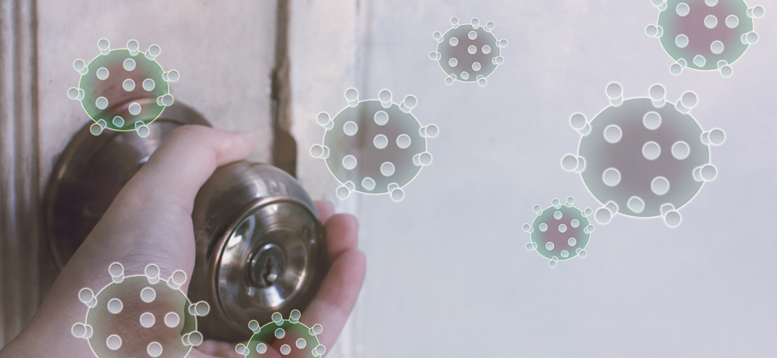
* Visual representation of germs
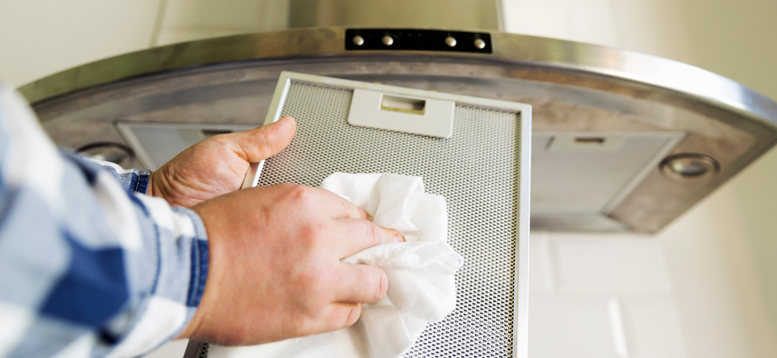
You may manage the restaurant really well, but you may be missing equipment or training to maintain the hoods, exhaust ducts and roof exhaust fans of a kitchen's exhaust system. Cleaning only the visible and easily accessible portions of a hood system is inadequate. So do consider engaging a reputable service provider to maintain the exhaust systems.
Ensuring that your restaurant has the required cleaning supplies including trash bags, paper towels and disinfecting cleaning products can help keep your restaurant in business. During the coronavirus outbreak these supplies may be in short order. Work with a reliable supplier who will guarantee and deliver these items on schedule.
By following these steps for proper sanitation, you will be operating a safer, and cleaner environment for everyone.
Sources:
Disclaimer: All reasonable steps have been taken to ensure the accuracy of the published material on the website (“Material”), however the Material shall not be treated as medical advice in any manner. Information or advice provided on the site should be used merely as a guide rather than a definitive recommendation to adopt any specific action. In no event shall Reckitt Benckiser (India) Private Limited or its affiliates be liable for any damages or any other consequence arising from the use of the Material or website.
Reckitt Pro Solutions represent a well-diversified portfolio of leading global brands for businesses like you to clean effectively and efficiently.
